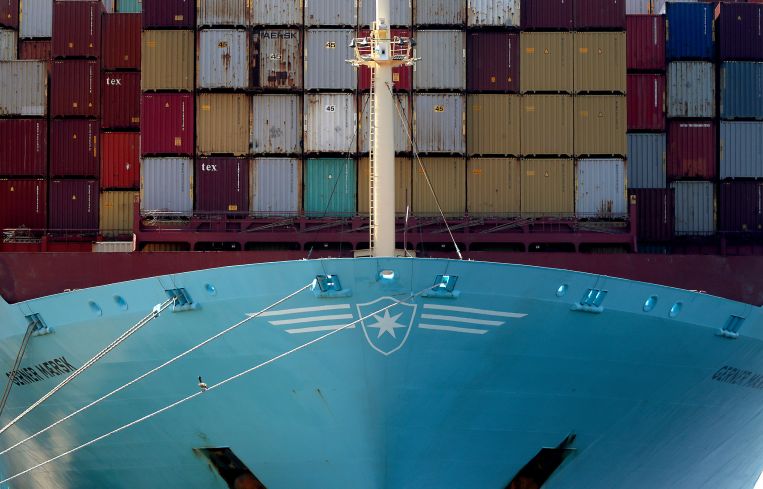‘Reshoring’ Could Further Fuel More Industrial Growth, Report Says
National industrial sales crossed $58B for 2022
By Greg Cornfield October 3, 2022 11:25 am
reprints
U.S. manufacturers have become more than familiar with the risks involved in making goods abroad, whether it’s tensions with China and the pandemic, or the war in Ukraine and threats from climate change.
But, now, it’s gotten to the point that many businesses are thinking about bringing their operations and production of goods back to the U.S., a switch called “reshoring.” The Biden administration has committed billions of dollars to increase domestic supply-chain resiliency, and the $379 billion Inflation Reduction Act incentivizes stateside production of renewable energy products.
More reshoring means more companies will need more industrial space to manufacture goods, as well as handle logistics and distribution. CommercialEdge reported on the U.S. industrial market’s performance through the first eight months of the year, and explained an expectation that reshoring will increase over this decade at a slow pace, “and be a driver of industrial real estate demand for years to come.”
“Understanding that production and supply chains are complex systems that do not change overnight, we are looking at reshoring to be another contributor to the demand in industrial real estate, particularly in lower-cost areas in the Southeast and Midwest,” CommercialEdge senior manager Peter Kolaczynski said.
The report also showed that national industrial sales volume for the year totaled $57.6 billion through August. The Los Angeles market led the way with $3.71 billion, followed by $3.4 billion in Houston; $3.38 billion in Chicago; and $3.2 billion in California’s Inland Empire.
The national average sales price in the third quarter sits at $131 per square foot, 4.3 percent lower than the second quarter. The priciest markets this year have mostly been in California, with the Inland Empire at $336 per square foot, L.A. at $295 per square foot, Orange County at $360 per square foot, Seattle at $243 per square foot, and the Bay Area at $237 per square foot.
The average U.S. rent stood at $6.64 per square foot, up 5.5 percent year-over-year, growing mostly in port markets. The largest gains were in the Inland Empire, which grew 8.8 percent compared to last August. Average rent grew 8 percent in Boston, and 7.4 percent in both Los Angeles and New Jersey.
The national vacancy rate rested at 4.1 percent. The lowest vacancy rates in the country were in the Inland Empire with 0.9 percent; Columbus, Ohio, with 1.8 percent; Nashville with 1.9 percent; and L.A. and Indianapolis each at 2 percent.
There was 703.5 million square feet of new industrial space under construction as of the end of August. Each market’s pipeline tells a different story than do rents and vacancy, however: the Inland Empire has more than 36 million square feet under construction while L.A. has just 2.2 million square feet underway.
In the Northeast
New Jersey leads the Northeast markets in almost every metric. Although there have been no major transactions in the market, New Jersey has seen the highest volume thanks to so many smaller sales. So far this year, New Jersey has seen $2.3 billion in sales across 128 transactions. It was followed by Philadelphia’s $1.82 billion and Boston’s $1.26 billion.
The largest industrial sale in New Jersey was the $110.4 million deal for Middlebrook Crossroads, an 18-building industrial park with 581,000 square feet of space. On a price-per-square-foot basis, the most expensive sale in New Jersey was LBA Realty’s $62.8 million purchase of 120 Frontage Road for $827 per foot.
New Jersey also posted one of the highest lease rates in the nation at $8.53 per square foot, up 7.4 percent year-over-year. Additionally, New Jersey had one of the lowest industrial vacancy rates in the region at 2.8 percent.
Boston claimed the highest average sale price in the Northeast, with year-to-date transactions averaging $177 per square foot by the end of August, while New Jersey averaged $168 across its 128 sales, and Philadelphia’s year-to-date deals sold at an average $114 per square foot.
Gregory Cornfield can be reached at gcornfield@commercialobserver.com.



